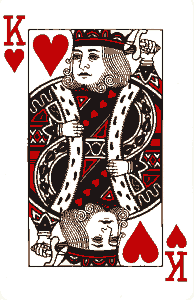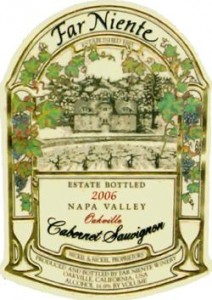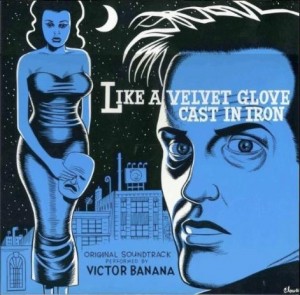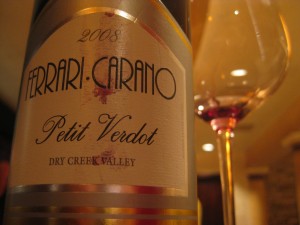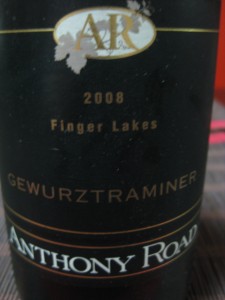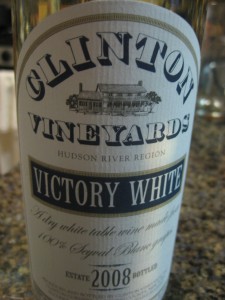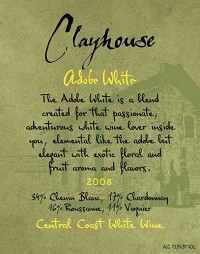King of the Grapes
Just about everything’s already been said about this grape called Cabernet. Pretty much the whole world is in love, and this wino is frankly a little over all the praise. Really, I get it – you love Cabernet Sauvignon. You think it’s the biggest, baddest red on the block and all other reds are a little scared when Cabernet comes strutting down the street with his leather jacket on and his brash, easy charm on full display. He’s the 800 pound gorilla of the red world, the oft-proclaimed, probably self-proclaimed, “King of Grapes.” (Sidebar: the “Queen of Grapes” title generally goes to my favorite grape. she’s probably the true force behind the grape throne)
Bible Wine Time
Really though, this grape is the Grape of Ecclesiastes. Like old school, OT nothing new under the sun grape. Like Noah and Lot showing up sloppy, and Solomon getting a little carried away in his amorous song musings before penning an ode to the sheer brutishness of Cabernet while singing “Turn! Turn! Turn!” Incidentally, I blame The Byrds for all the exclamation points showing up in sentences these days.
Young Candy Cane
Strange thing is, Cab (shortened because it’s that cool) is a pretty young grape. It just FEELS like it’s been around forever (see: Kardashian). Truth is, before the 18th century when Cabernet Franc (a serious sounding, respectable red grape if ever there was one) started shacking up with Sauvignon Blanc (white and minerally as the limestone it loves), there was no Cabernet Sauvignon. But from that moment on, it was everywhere. France, Italy, Chile, California, Australia, Lebanon, probably Fiji and Hawaii for all I know. And what a blend it was. Not since Candy Canes has the world seen such a red-white marriage of elegance.
Napa Obsession
Napa Valley, California’s most famous wine region, has embraced Cab with aplomb typically reserved for reunited lovers at the airport baggage claim. Find Napa on the map, and you find Cab wrapped all over it, smothering it with kisses and making all the other wine regions a little uncomfortable but a little happy at the same time. Famous Napa names in the WoW (“World of Wine” – sorry gamers) often run into the hundreds of dollars a bottle, and the names of Caymus, Cakebread, Screaming Eagle, Mondavi, Opus One and Far Niente all elicit sighs of purple paradise from Cab lovers across the great state of California.
Far Niente
Far Niente, the subject of today’s excess, happens to be a name that two wino friends with incredibly different tastes recommended to try. One friend (Dr. Econ), a lover of big wines and making her dinner guests pass out in her floor from all kinds of delicious paneer makhani (her soporific recipe here), counts Far Niente among her top California wines and she’s BIG into the biggest of California wines so her word is golden. Another friend (Sommi Seleño), a trained sommi who brightens up at the mention of old-growth Verdejo and Romanian dessert wine, highly recommended the Far Niente tour and the wines when discussing highlights of Napa.
Visiting Far Niente
How then to visit Far Niente? Easy – plug in your destination as Far Niente, start your car rolling from its home base in Santa Rosa and drive. Mountains, hills, sun, happiness – you’re nearly there. Then, continuing to follow the directions of Google Maps, continue left onto a dirt path into the middle of a giant field of grapes (is this even a road? Gmaps says it is), continue past the giant fan that spits water onto the field, wave to the migrant workers taking a water break, turn right at the third giant fan in the middle of the field and continue right until you emerge onto pavement. Only then notice the “No Trespassing” sign. Destination reached – thanks Google Maps, you knew we wanted the full (illegal) tour of the Far Niente facilities.
Detail Up!
Far Niente 2006 Cabernet Sauvignon from Napa Valley, California, USA – 94% Cab with 3% each of Cab Franc and Petit Verdot
Taste
“Dusty velvet draped around an iron fist” – that’s what I remember precisely. True, this wino wasn’t taking the best of notes given all the food, friends and general mayhem (courtesy of a night spent crashing with Dr. Econ) but definitely remember a really long finish that kept finding new tastes every time a breath was taken. *Breath* (plums?) *Breath* (dutch candy?) *Breath* (currant?) *Breath* (chocolate?) *Sigh* (another glass?)
Random Googles:
* Far Niente – meaning “sweet doing nothing” aka “not a care” aka “hakuna matata” – is one of the oldest Napa wineries going back to 1885.
* Bordeaux in France originated Cab and has led some to speculate that it’s the reason the Anglo world is slightly obsessed with Cab. Others say it’s because Cab grows really well globally. Both camps agree the obsession is hard to resist.
* Few wines are bigger than Cab (i.e. have more tannins – that smacking where your tongue gets stuck in your mouth), which is why Cab is usually thought of as the heaviest red wine. There are some wines that can be bigger though – Tannat and certain Italian grapes can go bigger.
